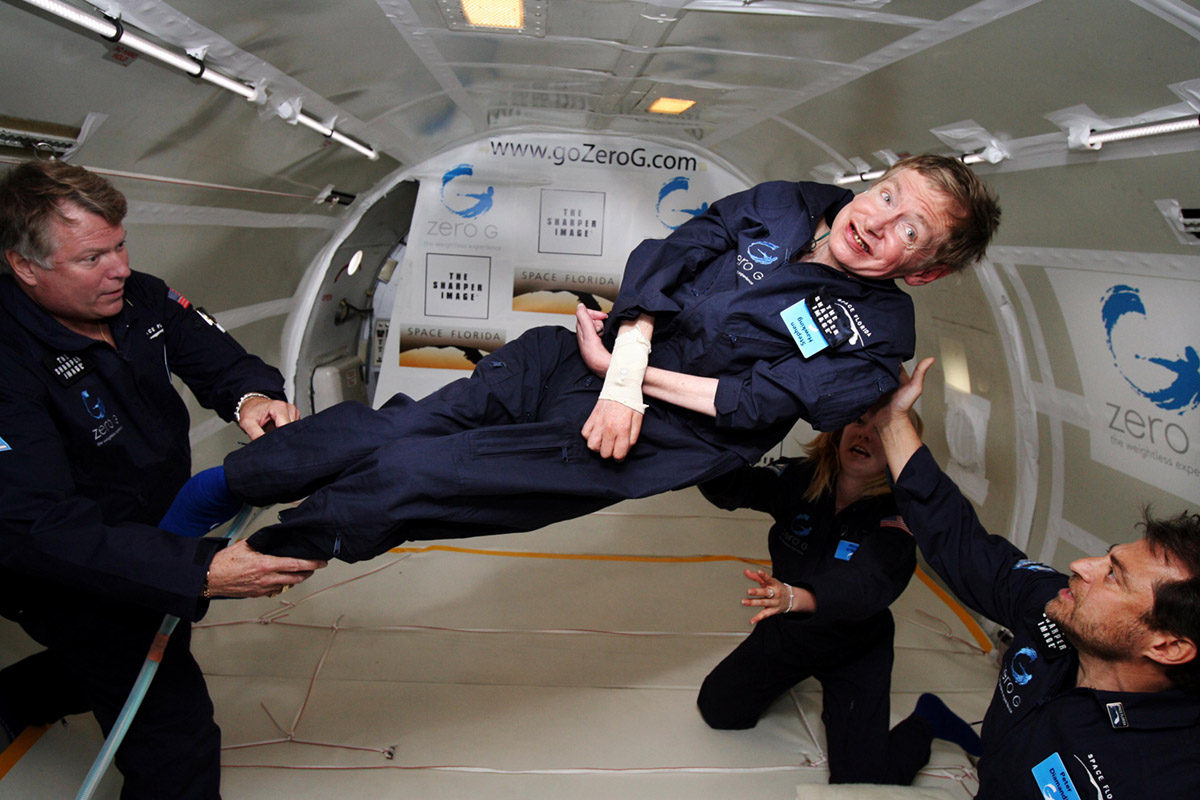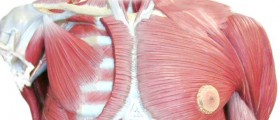
Lou Gehrig's Disease, amyotrophic lateral sclerosis (ALS), as it is also called represents an often fatal disorder. It progresses very quickly and attacks the nerves and muscles.
When a muscle is being under-nourished it can be lead to atrophy. This happens because of the degeneration of the nerve cells that nourish the muscles. These are located in a person’s spinal cord. Regression of this type will eventually lead to scarring or sclerosis.
ALS affects the nerve cells responsible for controlling the muscles which we voluntarily move. Motor neurons will gradually degenerate when its under the effect of this disease. This will cause the muscle that they control to weaken. The process inevitably leads to disability, obstructed speech and difficulty swallowing. The patient becomes prone to infections, especially in pneumonia.
This disease does not affect other processes in the brain making the patient fully aware and reasonable. This means that communication is not completely lost on them even when their speech becomes obstructed. Senses are left unaffected, and loss of bowel or bladder control is very rare. A "sporadic" ALS is the most common type encountered. It may affect anyone at anytime.
Other types of the classical ALS include spinal muscular atrophy, progressive bulbar palsy and primary lateral sclerosis.
ALS is rarely considered to be inherited, although such cases do exist in about 5-10 percent of patients presenting with it. However, once the hereditary trait is found, the disease is expected in about 50 percent of all offspring.
The disease is predominantly found in patients that are 40-70 years old. Until recently, there was a notion of ALS being more frequent in males, but it has been disproved by sheer statistics as of late.
Symptoms tend to be very varied, but they have some common grounds. These include tripping, dropping, fatigue, obstructed speech, cramps and twitches and episodes of laughter and crying. Feet and hands are usually first to be affected, so this should be a sure sign that something is not right.
With the continuing deterioration, it eventually ends up causing obstructions in swallowing, chewing and breathing. Permanent ventilator support may be required to treat breathing obstructions.
An electromyography will usually confirm the condition. A muscle biopsy is used as further proof.
There is no known cure to this disease, but existing treatments help significantly in enabling the patient and allowing him to be more productive and independent. The patient will learn to surpass his weaknesses with physical therapy. Mobility is improved through the use of a walker or braces. All this helps in making this disease more bearable.
















Your thoughts on this
Loading...